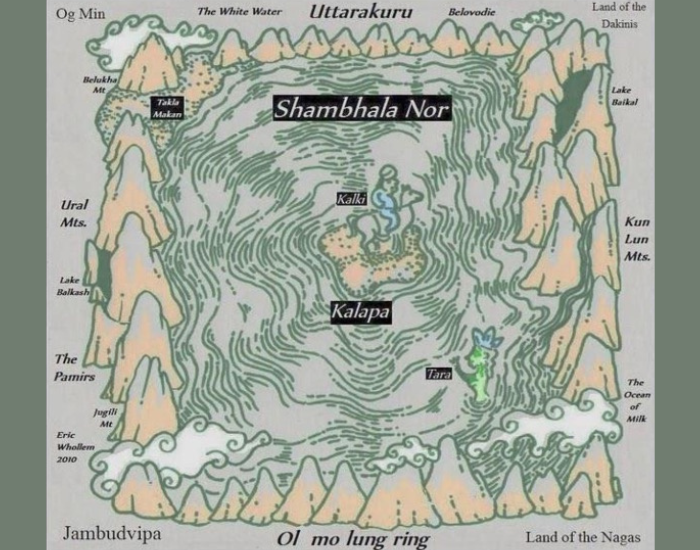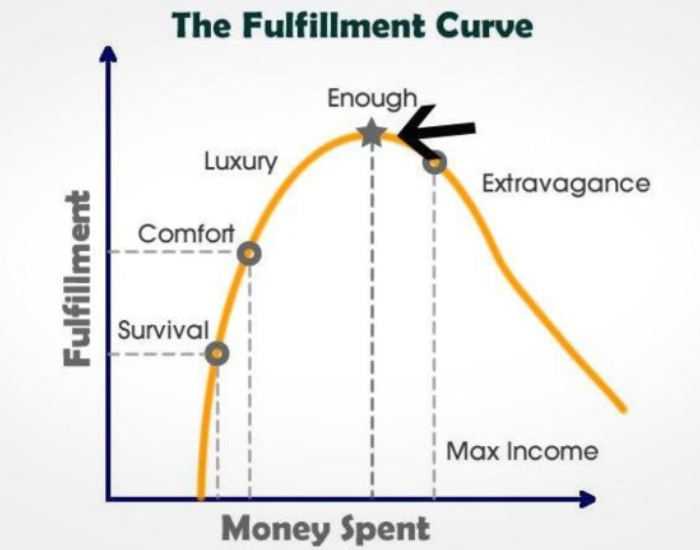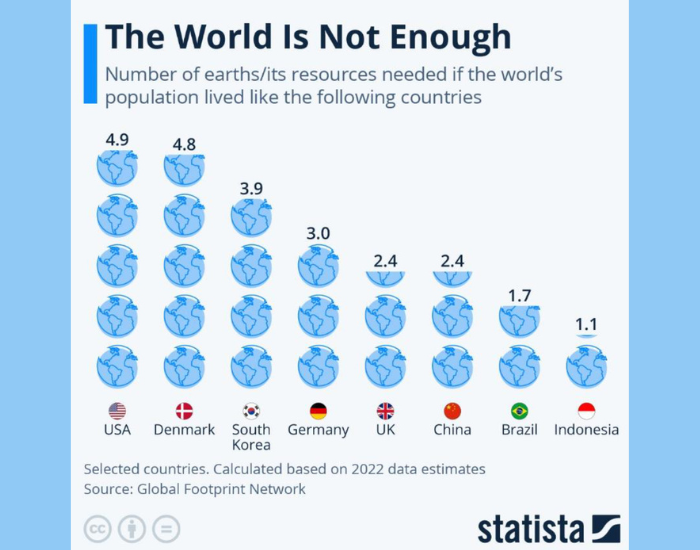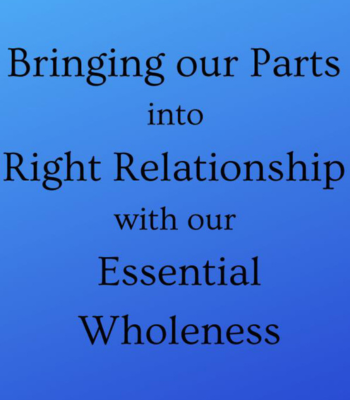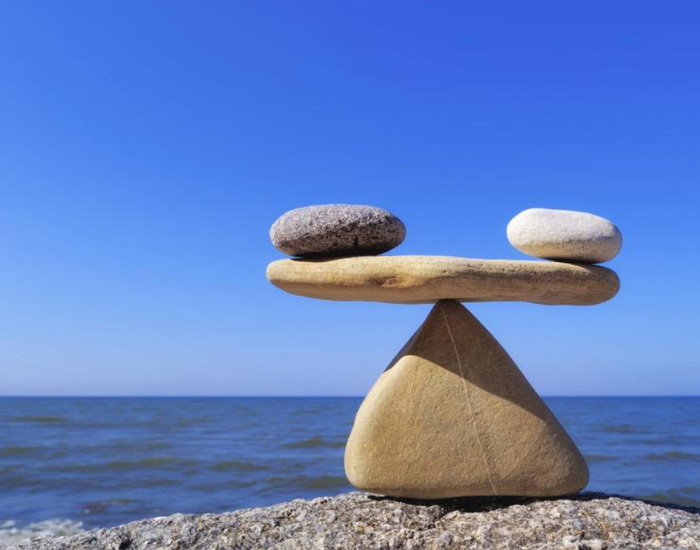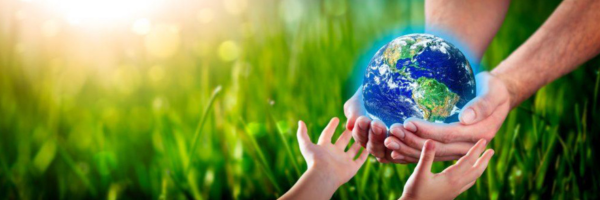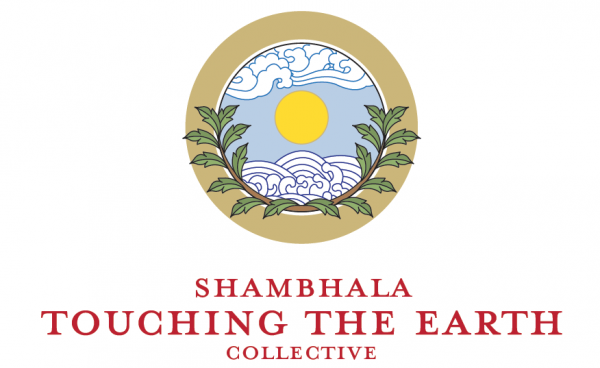Friday
Community ArticlesRight-Sizing Perfection, Recognizing Enough
by David Takahashi, the Ecodharma Doula
A Touching the Earth Collective September 2023 Newsletter Excerpt
It is now September, a time we associate with harvesting the richness of Nature. It is also a time to contemplate our dying paradigm of unlimited bounty on our finite planet. Why does this matter? Ratcheting back our over-consuming habits will help provision our coming generations. Instead, our dying paradigm has been stealing from them. There is a place I know where hunger, obesity, poverty, wealth disparity, racial injustice, spiritual angst, and eco-collapse are unknown. It exists right here, right now. This place has a name.
I know a place.
Where the music is fine, and the lights are always low!
I know a place where we can go, yes, I do!
I know a place where the lights are low.
You will come along this place I know.
I know a place where we can go.
Does this magical place sound like an Enlightened Society?
Can we find it on a map?
The name of this magical place is Enough. This place is so rare I could not find a city named it in English. Maybe there is a city named it in another language, and that would place it on a map. We need to live there. Between less and more, need and want, necessity and extravagance, and scarce and excessive is Enough. Instead of Enough, we struggle to meet our needs, reach an apex of satisfaction, and start to desire more, losing our fulfillment in choosing the desire for more. We give ‘Enough’ away.
Here we have the Fulfillment Curve in graph form:
What Does Enough Look Like?
I like to think of Enough as a balanced point between extremes. Our indigenous relations consider Life a balancing act, finding comfort in an instinctual rebalancing ability. When we experience a life in balance, the doors of perception open to experiences like:
We walked through flowers and an untamed meadow. Butterflies winged in the shade. Waterfalls raged. White-capped buttes bordered the shore of this jewel-toned lake. Stark blue in the paused afternoon. Small waves pushed over pieces of Earth that might never move. And can’t that be OK? To stay still in a place that makes you remember all the good things that come to those who hold the World closer? 1
An example from Aldo Leopold’s Song of the Gavilan:
The song of the waters is audible to every ear, but there is other music in these hills, by no means audible to all. To hear even a few notes, you must first live here for a long time and then know the speech of hills and rivers. Then, on a still night, when the campfire is low, and the Pleiades have climbed over rimrocks, sit quietly, listen for a wolf to howl, and think hard of everything you have seen and tried to understand. Then you may hear it – a vast pulsing harmony – its score inscribed on a thousand hills, its notes the lives and deaths of plants and animals, its rhythms spanning the seconds and the centuries. 2
Are there directions to find Enough?
It turns out that explorers have been searching for Enough and have been able to record directions to find it and, once found, ways of remaining there. One of the seekers is Vicki Robin. Here, she shares sensible means to Enough:
From these findings, I’ve developed a pledge that may help guide people in finding peace with what they have and what they need:
I pledge to discover how much is enough for me to be truly fulfilled and to consume only that. I vow to be part of the discovery of how much would be enough for everyone not only to survive but to thrive and to find ways for them to have access to that. Through this commitment to restraint and justice, I am healing my Life and am part of the healing of the World.
“Enoughness” isn’t something to “live up to” – it’s something to discover through truthful and compassionate living. 3
What’s wrong with more?
Besides ruining an otherwise agreeable sense of satisfaction, what is the big deal about seeking more? One of the problems is that it prolongs our dying worldview of unlimited resources: a mistaken sense that there is more to have. The rising price of inflation is a testament to the fallacies of this kind of thinking. We are consuming our descendants’ future in our mistaken folly.
For the Western World, the tradition of bestowing upon future generations advantages exceeding those received from the past was becoming inverted. We had become competitors with, rather than benefactors of, our descendants.
A Specter Confronting the World
These were the circumstances in 1973 when the collision came. It was a head-on collision between the World’s obstinate believers in limitlessness and the specter of too much technology wielded by too many inhabitants of a planet with obdurately finite carrying capacity.4
Living in the Right Relationship
The Western version of mystical awareness, our version of Buddhism and Taoism,
— Fritjof Capra
will be ecological awareness.
When discussing ecosystems and ecological communities, we discuss interwoven, interconnected, nested relationships. When discussing joining Heaven, Earth, and Everything else, we discuss experiencing the Right Relationships. We bring our parts, even the uncomfortable ones, into an essential wholeness. Our indigenous relations remind us that we need to come into balance with all of creation, not just the parts we prefer.
In the 1940s, conservation biologist Aldo Leopold, reflecting on what he had come to see as the next stage in human moral development, created a helpful definition of the right relationship. When working out the land ethic, he explained, “A thing is right when it tends to preserve the integrity, stability, and beauty of the biotic community. It is wrong when it tends otherwise.” Volumes exist on the philosophy of ecology, but this simple statement has become the touchstone of the ecological worldview. Leopold’s ethic gains strength when enhanced with affirmations of the inherent value of human and other Life, as exemplified in Albert Schweitzer’s influential idea of “reverence for life.”
Replacing “stability” with “resilience” reflects the current scientific understanding of relationships. Leopold’s ethic applies, as well, to the integrity, resilience, and beauty of human communities. Understanding the ethic in practice depends, of course, on the type of community. Hence, with only one alteration, his ethic becomes a practical guide for differentiating between right and wrong relationships both in human society and in the entire community of Life of which humans are a part: “A thing is right when it tends to preserve the integrity, resilience, and beauty of the commonwealth of Life. It is wrong when it tends otherwise.”
There is a reference to Albert Schweitzer—In Civilization and Ethics, Schweitzer wrote:
Ethics is nothing other than Reverence for Life. Reverence for Life affords me my fundamental principle of morality, namely, that good consists in maintaining, assisting, and enhancing Life, and to destroy, to harm, or to hinder Life is evil.
Equanimity
Good and bad, happy and sad, all thoughts vanish into emptiness like the imprint of a bird in the sky.
—Chögyam Trungpa from Sadhana of Mahamudra
I sense that Enough is a manifestation of Equanimity. It is like sitting in the center of the Wheel of Samsara. Doing so eases us into appreciating what we have without falling off a cliff of ‘just a little more.’ We are comfortable living within our limits. Living within our limits frees us from the prison of thinking resources are without limits.
The Four Immeasurables define Equanimity as:
Equanimity also relaxes the hard hold we have on things. As grasping eases, ignorance itself is undone. Now, the practice of Equanimity becomes a portal to the second Buddha wisdom, the wisdom of the expansive reality known as the stainless real or basic space (Dharmadhatu), the true home of everything, which Longchenpa equates with Buddha nature. 5
This abiding in Enough simplifies our Life, opening the door to shrinking our carbon footprint to a more equitable level, leaving room for us to draw down our spending on our descendants’ inheritance. Therefore, we can offer future generations the advantages we received from our ancestors.
Think of all the resources saved by choosing Enough. Preserving resources for future use is the most considerate inheritance I can think of. Enough is Enough!
1What Does Enough Look Like?↩︎︎
2 Aldo Leopold, A Sand County Almanac ↩︎︎
3 Vicki Robin, How Much Is Enough? Also from, http://vickirobin.com/your-enough-point↩︎︎
4 William R. Catton, Overshoot: The Ecological Basis of Revolutionary Change (pp. 59-60). University of Illinois Press. ↩︎︎
5 Tricycle, The Four Immeasurables ↩︎︎
IMAGE CREDITS
Save the Earth: https://environment-review.yale.edu/sites/default/files/save-our-earth-kenishirotie-yer- sq.jpg
Map of Shambhala: https://live.staticflickr.com/4093/4747101082_fca031d36e_z.jpg
The Fulfillment Curve: https://i.kinja-img.com/gawker-media/image/upload/s–MiEVGULj– /1504064344010851877.jpg
The World is Not Enough: https://cdn.statcdn.com/Infographic/images/normal/10569.jpeg
Right Relationship: https://kajabi-storefronts-production.kajabi-cdn.com/kajabi-storefronts-production/blogs/19548/images/kb5gA1VWRx6yA1vGtY0Q_Bringing_our_Parts_into_Right_Relationship_with_our_Essential_Wholeness.png
Balancing: https://www.jetsetmag.com/wp-content/uploads/2014/06/k2_items_src_c82cc4e14a1d2c8c8ffff9840d24b558.jpg
Handing it over to coming generations: https://the100yearlifestyle.com/wp-content/uploads/2022/04/AdobeStock_321967331-1024×341.jpeg
Any comments regarding this newsletter content or
suggested features and/or artists can be sent to:
[email protected]


